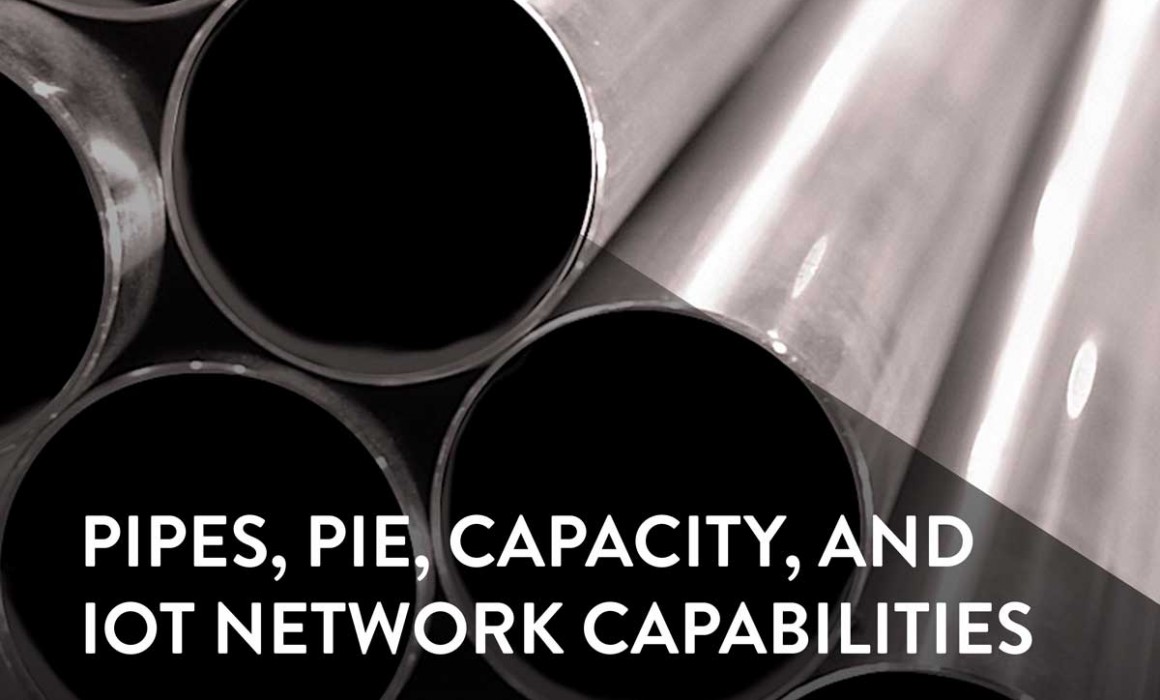A Glossary for the Internet of Things
Recently the 3GPP met to discuss NB-LTE, CIoT, LPWA, and plans for GSM channels. Also on the agenda were discussions around FDMA, GMSK, OFDMA and RAN WG1. Apparently, advances to MTC, D2D, and 3d/FD-MIMO were also announced in the recent meeting. Some of us may just be waiting to attend that meeting where we figure out what all of these acronyms actually mean.
In this blog post, we’ll simply provide you with a glossary for the Internet of Things (IoT) and all of its abstract acronyms so that you don’t end up with a Dilbert moment.

| IoT | Internet of Things |
| 3GPP | Third Generation Partnership Project |
| AP | Access Point |
| ASIC | Application Specific Integrated Circuit |
| CDMA | Code Division Multiple Access |
| DL | Downlink |
| DSSS | Direct Sequence Spread Spectrum |
| EIRP | Equivalent Isotropically Radiated Power |
| FDMA | Frequency Division Multiple Access |
| GMSK | Gaussian Minimum Shift Keying |
| GPRS | General Packet Radio Service |
| GSM | Global System for Mobile Communications |
| HSPA | High Speed Packet Access |
| IEEE | Institute of Electrical and Electronics Engineers |
| IP | Internet Protocol |
| ISM | Industrial, Scientific and Medical Radio Bands |
| LAN | Local Area Network |
| Local RF | Local Radio Frequency |
| LPWA | Low Power Wide Area |
| LTE | Long Term Evolution |
| LTE-MTC | Long Term Evolution – Machine-Type Communication |
| M2M | Machine-to-Machine |
| MAC | Media Access Control |
| NB-LTE | Narrow Band Long Term Evolution |
| PDU | Protocol Data Unit or Power Distribution Unit |
| PHY | Physical Layer connecting to link layer |
| RACM | Reference Application Communication Module |
| RAN | Radio Access Network |
| REST | Representational State Transfer |
| RPMA | Random Phase Multiple Access |
| SIM | Subscriber Identity Module |
| TCO | Total Cost of Ownership |
| TCP | Transmission Control Protocol |
| UDP | User Datagram Protocol |
| UL | Uplink |
| UNB | Ultra Narrow Band |
| UTMS | Universal Telecommunications System |
| WAN | Wide Area Network |
How to Make Sense of Your IoT Connectivity Options
Anyone considering an M2M investment has many options. From local area solutions like a WiFi mesh network, or LPWA, to wide area solutions such as cellular or Ingenu’s own RPMA, the options can be baffling at first glance. There are a few questions you can ask yourself, and ask of each of the potential solutions to help simplify the decision process and get to the choice that makes sense for your situation.
First, you need to consider just how long you would like the solution to last you with little to no need to physically interact with the devices. Some solutions are driven by human data usage needs, like cellular. In the cellular case, you can expect network sunsetting every 5 to 10 years as newer generations of technologies are developed, like the upcoming 5G. Another issue to consider for how long the solution can last is scalability.
If your company has plans to grow, or could conceivably grow in the coming years, you should make sure that the connectivity solution can grow with you. A sneaky part of this question that you should understand is knowing whether your connectivity solution can grow with everyone using it. This is something called capacity scalability, and many IoT wireless solutions have the fundamental inability to scale as more companies use their services. Another aspect of scalability is simply the cost of coverage scalability. Many IoT wireless providers have extremely limited coverage per access point. That means putting up the infrastructure could be too costly to cover the areas you need served. Don’t limit your growth because your IoT wireless service provider can’t grow with you. There are other issues such as battery life that could limit the longevity of your devices’ usefulness.
Other criteria for simplifying your options include assessing what capabilities each provider offers. A top capability should be security along with true two-way communication. Finally, total cost of ownership should be used to help you understand the value you are receiving from your M2M investment. IoT connectivity is more than the device, and includes any sunsetting costs, maintenance, subscription costs, and others.
We’ve developed a great webinar that we invite you to attend to help you make sense of your IoT connectivity options. Go here to watch the webinar, grab the slides, and download the Q&As from the webinar.
Recent Posts
Archives
Current Month
december, 2025
No Events
Tags
2.4 GHz
2.4 GHz Spectrum
2.4GHz Spectrum
2G sunset
Agriculture
asset tracking
battery life
capacity
Cities
congestion management
coverage
digital oilfield
environmental monitoring
Events
Glossary
Hardware Integration
How RPMA Works
IoT
ISM Band
LoRa
LPWA
LTE-M
Machine Network
Network Longevity
precision agriculture
PRMA vs Competition
rpma
RPMA Technology
RPMA vs Competition
security
sigfox
smart city
smart grid
Software Integration
Solution Partners
Unlicensed Spectrum
value











